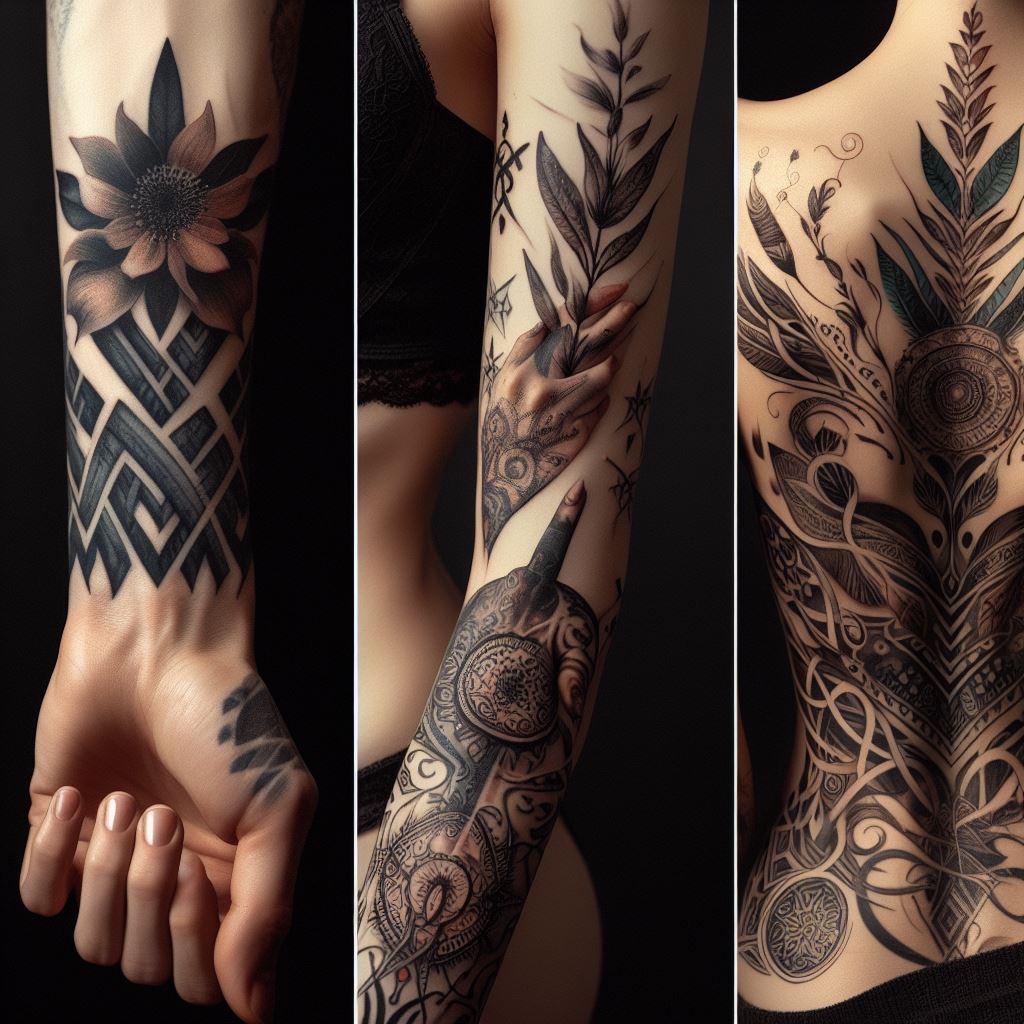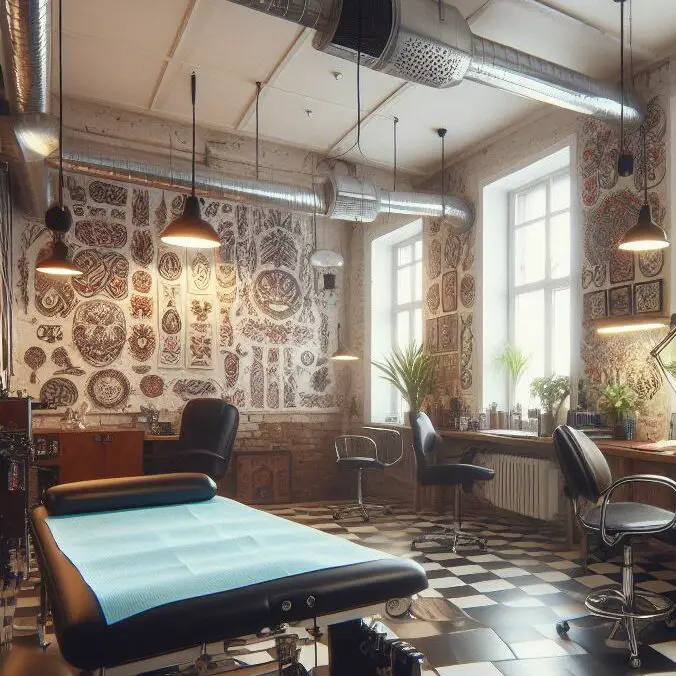When it comes to getting a tattoo, one of the most common questions that pops up is, “How much will it cost?” It’s a valid concern, as tattoos are not only a form of self-expression but also a financial commitment. On average, a small tattoo can be anywhere between £50 to £250, however once you factor in a custom design, this can hike rapidly. Larger tattoos can be anything from £300 up to £1500 (or more).
In this comprehensive guide, we’ll explore the various factors that influence tattoo prices, offering insights into what you might expect to pay for your next piece of body art.
Understanding Hourly Rates vs. Flat Rates
Tattoo artists typically charge in two ways: an hourly rate or a flat rate for the entire piece. While hourly rates are straightforward, flat rates depend on the artist’s estimation of how long your tattoo will take. For larger or more complex pieces, a flat rate might be more economical.
Size Matters
The size of your tattoo significantly impacts its cost. Generally, tattoo artists have a minimum charge for small tattoos, and the price increases with size. A tiny symbol may cost significantly less than a full sleeve, as the latter requires more ink, time, and skill. Remember, larger tattoos often require multiple sessions, which can add to the overall cost.

Complexity and Design
Complexity doesn’t just mean how intricate the details are. It also includes factors like shading, colour variation, and the uniqueness of the design. A simple outline of a star will be much cheaper than a detailed, shaded, and coloured mandala. Custom designs created by the tattoo artist specifically for you can cost more than standard designs or flash art. This is because of the extra time the artist spends designing and planning your unique tattoo.
Artist Expertise and Reputation
Artists with years of experience or those who specialise in a particular style (like photorealism or traditional Japanese) often charge more. This is due to their expertise and the demand for their work. An artist’s reputation, including their social media following and client testimonials, can also impact their rates. Highly sought-after artists may charge premium prices.
Location and Studio
Studios in urban areas with higher costs of living typically have higher tattoo prices. The prestige and popularity of the studio also play a role. A well-established studio with high standards of cleanliness and customer service may charge more. The type of studio can influence costs too. Private studios or boutique shops often charge more than walk-in shops due to their personalised service and unique artistic environment.

Colour or Black & White
Colour tattoos are usually more expensive than black and grey ones. This is because they require more time, skill, and different types of ink to achieve the desired effect. The variety of colours, shading techniques, and the need for colour touch-ups can also add to the cost.
Budgeting for Your Tattoo
- Get a Price Estimate:
- Before you commit, consult with your chosen artist to get a ballpark figure. This helps in setting a realistic budget.
- Consider the Longevity:
- A tattoo is a permanent addition to your body. It’s worth investing in quality work rather than settling for a cheaper option that may not age well.
- Plan for Additional Costs:
- Don’t forget to factor in potential additional costs such as touch-ups, aftercare products, or tips for your artist.
Buy cheap, buy… oh
It’s important to remember that with tattoos, you often get what you pay for. A lower price might be tempting, but it can sometimes lead to compromised quality. Investing in a skilled, reputable artist ensures that you get a tattoo that not only looks great but also stands the test of time. Don’t forget, tattoos are permanent, so you can’t replace them. It’s worth spending a few extra pounds to get great quality work.
How to save money on your tattoo
Getting a tattoo on a budget doesn’t mean you have to sacrifice quality. There are smart ways to save money while still getting a great tattoo. First, consider simpler designs or smaller tattoos, as they generally cost less. Being flexible with your design can also open up more affordable options. Choose an up-and-coming artist with a solid portfolio but potentially lower rates than established professionals. Remember, the timing of your tattoo can make a difference; some artists offer discounts during off-peak times or special promotions. Lastly, plan your tattoo in stages, especially for larger pieces, to spread out the cost over time. However, never compromise on cleanliness and quality just for a lower price. Your health and the art’s longevity are worth the investment.
Conclusion
The cost of a tattoo can vary widely based on several factors. It’s essential to do your research, understand what influences the pricing, and choose an artist whose style and expertise align with your vision. Remember, a tattoo is not just a financial investment but also an investment in yourself and your self-expression.
Remember, when considering a tattoo, the price should be weighed against the value of the artwork you’ll carry with you for a lifetime. Make informed decisions and cherish the art that becomes a part of you.

Comments